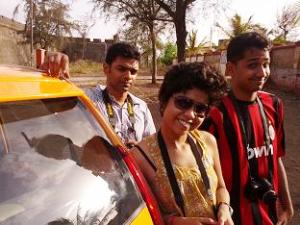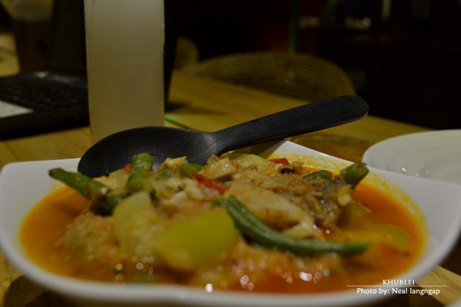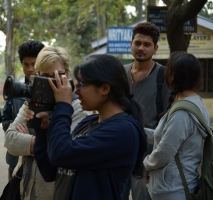Having always been a hesitant entrant to Facebook, the buzz about social media never did make a dent. I have plenty of friends (the real kind), enjoy meeting them and chatting over coffee, and don’t feel compelled to inform the world about when I am reheating my coffee or the annoyance of being stuck in a traffic jam armed only with a Blackberry. The joys of instant communication have been lost on me so far, preferring the slow unfolding of friendships, and the tactile pleasure of turning a real page. Yet, a recent discussion in Mumbai at the 10th Anniversary meeting of Network of Women in Media, India (www.nwmindia.org) made me realise, albeit reluctantly, the possibilities of using new media for professional sharing and advocacy.
NWMI member and blogger Anindita Sengupta took some of us network dinosaurs through a brisk walk through social networking. In this pre-conference micro-workshop, she was aided by Ritusmita Biswas from Kolkata. Taking exception to the use of the term "social media" itself, since all media is "social" by definition, Anindita walked us through the basics of blogging (using the example of her own blog, Utlra Violet) and Twitter, the online social networking and micro-blogging service. The necessity to distil messages to 140 characters, demands brevity of thought and expression and hones your editing skills - indeed, like editing on steroids! It could be termed the Haiku of the 21st Century, where one-liners rule the roost.
The analogies to things familiar somehow put these new forms of communication in perspective. When one participant shared how she was extremely alarmed when she mistakenly clicked on "Saffron Terror" on Facebook and was anxious about being flooded with right-wing propaganda, Anindita was reassuring, "Oh, don't worry, it's like seeing someone's pamphlet. It's got nothing to do with you, just ignore it!".
While the immense possibilities of communicating one's message through Twitter came through strongly, so did complex issues of privacy, layers of sharing and concerns about confidentiality. The nature of Twitter being public by definition, any tweets (yes, one learnt fast that it's not a twitter!) must be assumed to be public. "It's like standing on a stage in front of a thousand people, most of whom don't know you, and saying something." So, therefore, nothing private, unless one is an exhibitionist who thrives on voyeurism.
The danger however, is that Twitter gives a sense of intimacy, of one-to-one conversations, hence the wariness of stage-shy people might be broken, so it's worthwhile to keep in mind the wholly public nature of such communication. The discussion on privacy settings on both Twitter and Facebook alerted participants to the different layers of privacy now possible. Yet, the archiving of old posts, and the fact that one practically signs away one’s rights while signing up for Facebook continue to be a matter of concern. Issues of copyright continue to vex writers who share their content online, and plagiarism is difficult to spot or combat.
The more alarming cyber violence directed at women in the form of stalking, sexist comments, morphing and other intrusive acts aimed at intimidating and silencing women were discussed at length at a session on the next day, “Virtual Violence: Are Sections 66A and 67 of the IT Act the Answer?”.
Find us on facebook: facebook.com/TheThumbPrintMag







































